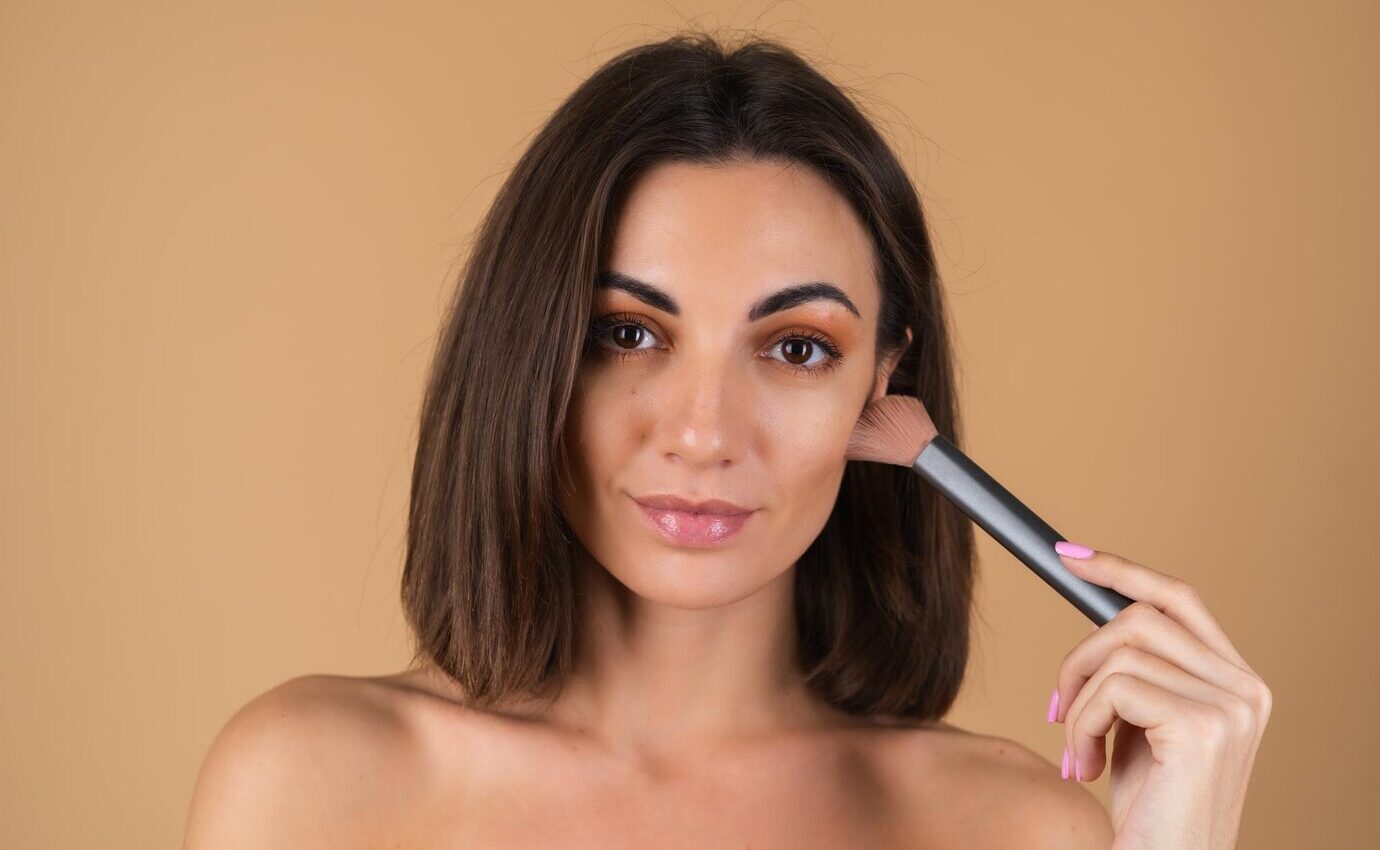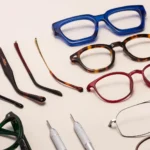In the world of beauty and cosmetics, understanding the purpose of each product is key to achieving flawless results. Two such essentials that often create confusion are concealers and correctors. While both are used to enhance complexion and hide imperfections, they serve distinctly different functions. Knowing when and how to use each can truly elevate your makeup game.
Let’s break down the difference between the two and help you determine which one you need—or whether your makeup routine could benefit from both.
What Is a Corrector?
A corrector is a colour-based product designed to neutralise specific discolourations on the face. Unlike foundation or concealer, which aim to blend with your natural skin tone, correctors work by cancelling out unwanted undertones using the principles of colour theory.
For example, a peach or orange corrector is excellent for counteracting blue or purple under-eye circles, especially on medium to deeper skin tones. On the other hand, green correctors are ideal for reducing redness caused by blemishes or rosacea, while yellow correctors work well to brighten dull skin or hide mild bruising.
Correctors come in a variety of forms—creams, sticks, and palettes—and are typically applied before foundation and concealer to create an even canvas.
Understanding Concealer
Now that we’ve explored correctors, let’s dive into what a concealer makeup product actually does. Concealer is used to mask blemishes, dark circles, pigmentation, and other visible imperfections. It’s usually thicker than foundation and provides more concentrated coverage.
Available in liquid, cream, and stick formats, concealers come in various shades to match your skin tone and undertone. They are designed to blend seamlessly with your base makeup, helping to create a smooth and polished look.
Unlike correctors, which use contrasting colours to neutralise issues, concealers are more about covering and blending. After colour correction, a concealer is often layered on top to fine-tune the complexion and enhance overall brightness.
Key Differences Between Corrector and Concealer
While both products aim to improve the appearance of the skin, here are the core differences that set them apart:
- Functionality: Correctors neutralise discolouration using opposite colour tones; concealers cover up blemishes and blend into your skin tone.
- Application Order: Correctors are used before applying foundation and concealer; concealers come after, sealing the work done by the corrector.
- Texture & Shade: Correctors often come in colour-specific formulas (green, orange, purple), while concealers are available in skin-tone shades.
- Purpose: Correctors target specific issues like redness or dark circles; concealers are more versatile and provide overall coverage.
Choosing the Right Makeup Products
Selecting the right makeup products depends on your skin’s needs and your desired level of coverage. If you deal with intense under-eye darkness or redness, incorporating a corrector can significantly improve the effectiveness of your base makeup. For everyday use, a good concealer may be enough to achieve a natural, even look.
It’s essential to consider your skin type as well. Cream-based formulas work well for dry skin, while liquid options suit oily or combination skin. Whichever product you choose, blending is key. Use a damp makeup sponge or a soft brush to ensure a seamless finish.
Final Thoughts
Understanding the distinction between concealers and correctors can make a noticeable difference in your makeup application. While they serve different purposes, using them together can give you the smooth, radiant complexion you’re after. Investing in the right tools and techniques ensures that every look—from everyday wear to special occasions—is nothing short of flawless.
When used correctly, these makeup staples can complement each other beautifully, giving you that confident, well-finished appearance you deserve. So next time you’re shopping for beauty essentials, remember: a corrector and a concealer aren’t interchangeable—they’re a power duo when used the right way.









